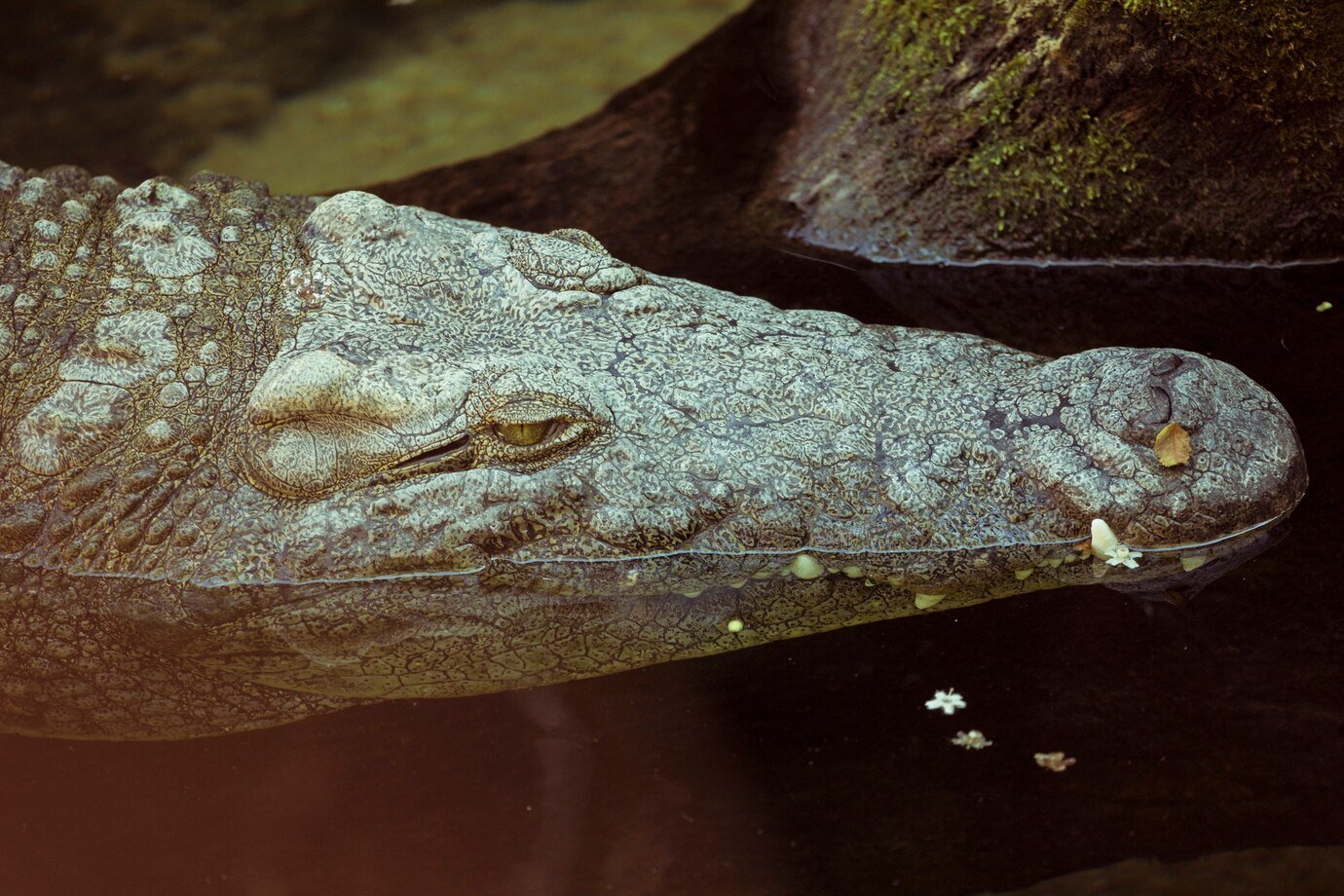
Florida is home to many frozen iguanas. What is the fate of frozen alligators?
The idea of “frozen alligators” in Florida might sound like a myth, but it’s based on a real phenomenon related to how alligators survive during cold weather. In Florida, which is known for its warm climate, temperatures can occasionally drop to freezing or near freezing levels during winter. When this happens, alligators have a unique survival technique.
Alligators can enter a state of brumation, which is similar to hibernation but for coldblooded animals. During extremely cold temperatures, if the water or swamp they inhabit freezes over, alligators can still survive. They do this by sticking their snouts out of the water before it freezes. This allows them to continue breathing through the ice. They don’t actually freeze but slow down their metabolism and remain in a dormant state until the temperatures rise and the ice melts.
So, while the alligators aren’t “frozen” in the sense of being turned into ice, they can be surrounded by ice while in a state of brumation. This survival strategy showcases the adaptability of alligators to their environment, even when it undergoes significant and potentially hazardous changes.
1. An interactive map displays the areas in Florida where alligators are a nuisance.
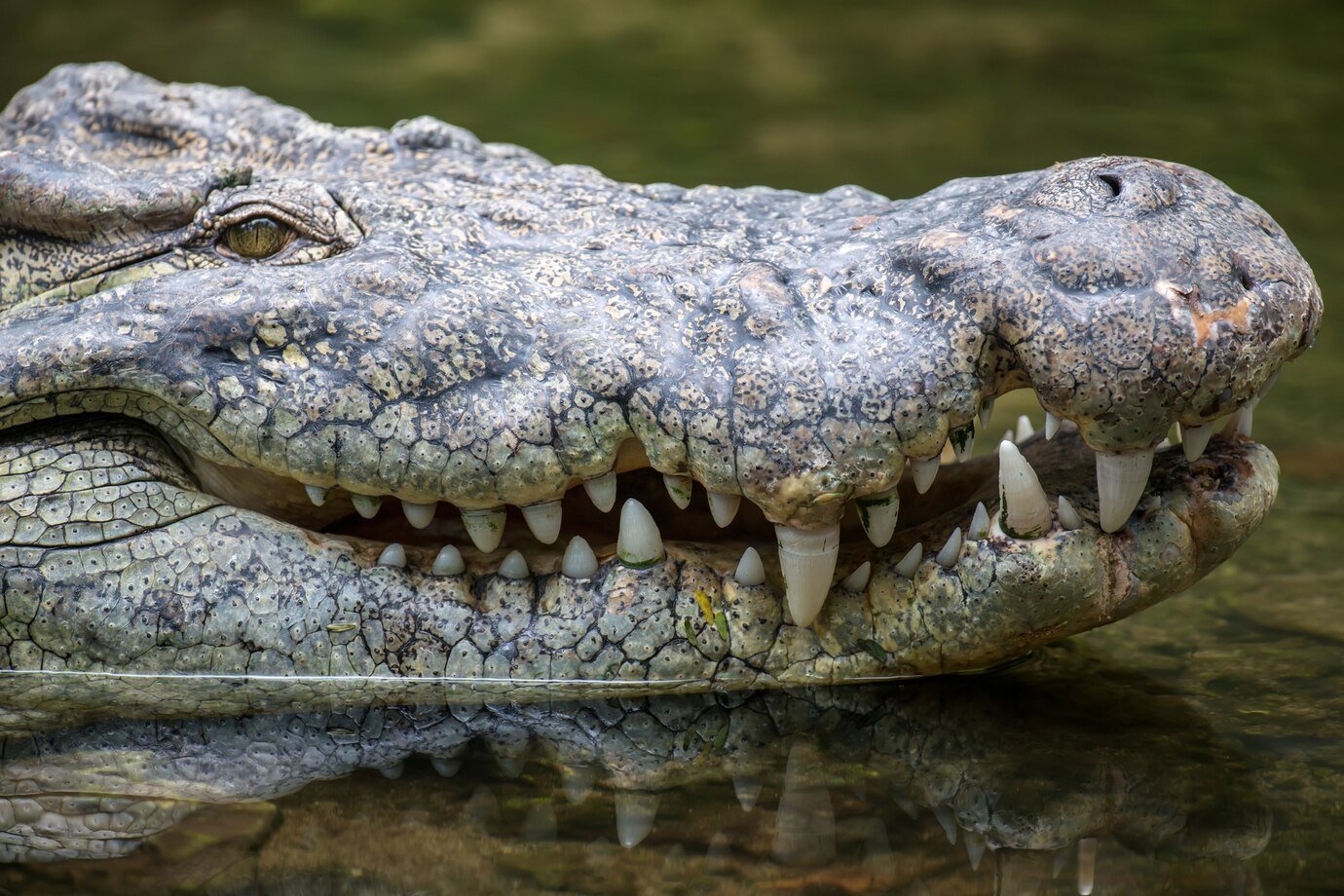
There are various resources and tools available for understanding wildlife populations and incidents, including those related to alligators in Florida. However, specific interactive maps that display areas where alligators are considered a nuisance may not be widely advertised for public use due to privacy concerns, the dynamic nature of wildlife movements, and the potential for misinterpretation of data.
The Florida Fish and Wildlife Conservation Commission (FWC) manages the State-wide Nuisance Alligator Program (SNAP), which addresses concerns from residents about alligators they believe may pose a threat to people, pets, or property. While the FWC provides resources and assistance in managing these concerns, detailed, publicly accessible interactive maps specifically highlighting nuisance alligator reports and locations might not be readily available.
For individuals interested in alligator sightings, nuisance reports, or general wildlife information in Florida, the best approach is to consult the FWC’s official website or contact them directly. They offer educational resources, safety tips, and can provide guidance on how to coexist with the state’s wildlife, including alligators. Additionally, local news outlets and community resources may sometimes share information about areas with increased alligator activity, especially during mating season when alligators are more mobile.
2.In what way do alligators and crocodiles react to the cold?
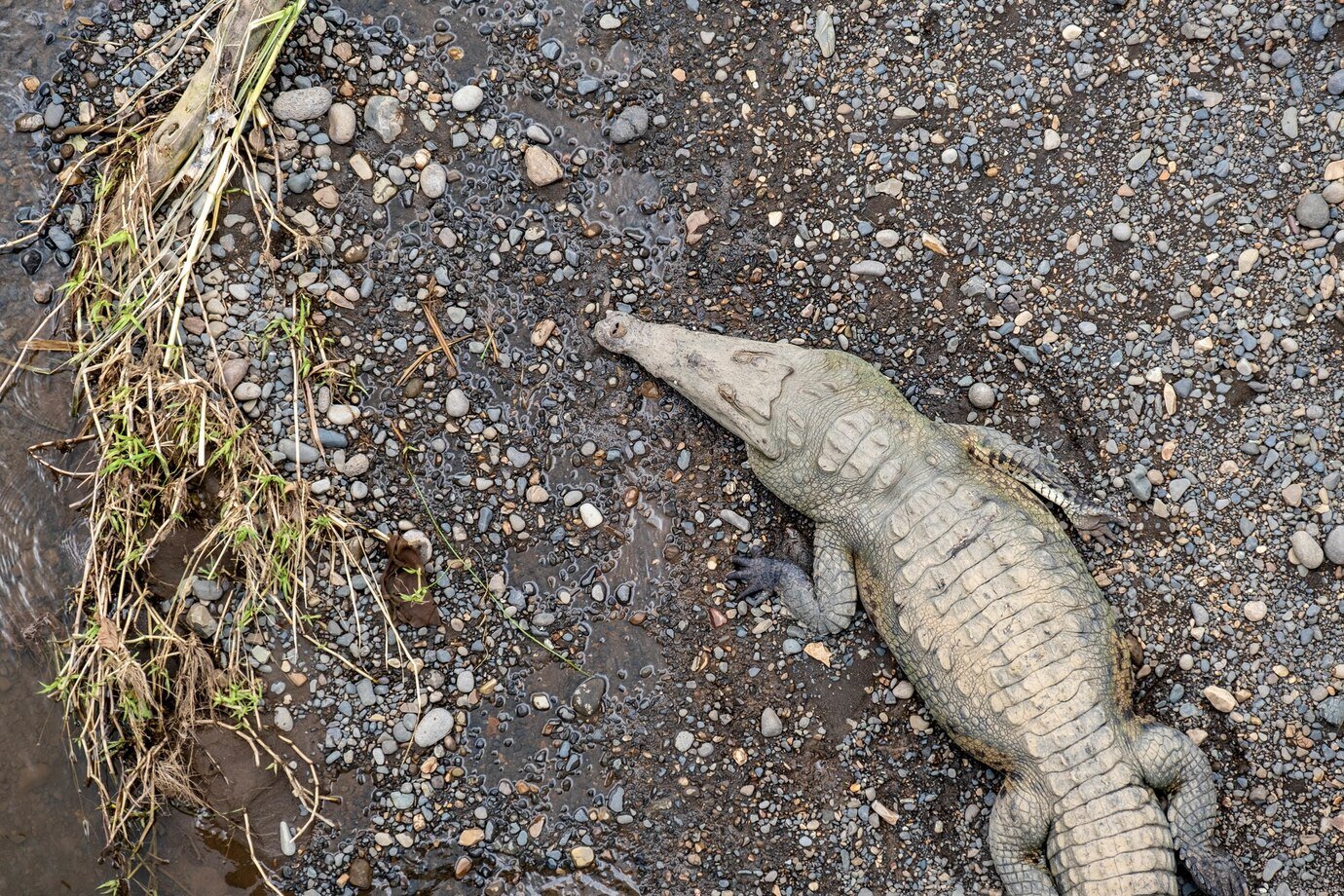
Alligators and crocodiles, both being coldblooded (ectothermic) animals, rely on their environment to regulate their body temperature. Their reactions to cold weather are somewhat similar, yet they have different behaviors and adaptations based on their specific habitats and geographic ranges.
Alligators:
Alligators, primarily found in the south-eastern United States, particularly in Florida and Louisiana, exhibit a behavior known as brumation in response to cold weather. Brumation is a state of dormancy in reptiles that is similar to hibernation in mammals but involves less sleep and more a slowing down of metabolism. When temperatures drop, especially if water bodies freeze, alligators may stick their snouts out of the water to ensure they can breathe even as the surface freezes over. They become less active, their metabolism slows significantly, and they do not eat during this period. They remain in this state until the temperatures rise enough for them to become active again.
Crocodiles:
Crocodiles, on the other hand, are generally found in warmer tropical environments around the world and are less adapted to cold temperatures than alligators. However, in regions where temperatures can drop, such as the southern tip of Florida where American crocodiles are found, these reptiles will also seek warmer conditions to survive the cold periods. They may bask in the sun during the cooler months or find refuge in warmer water bodies, such as in thermal springs or deeper waters that retain more heat. Crocodiles do not undergo brumation like alligators but will become less active and reduce their metabolic rate in cooler temperatures.
In essence, both alligators and crocodiles react to cold by seeking conditions that allow them to maintain a minimal level of metabolic activity necessary for survival. Their specific behaviors and adaptations reflect their evolutionary responses to their typical environments and the challenges posed by colder temperatures.
3.Hibernation vs brumation
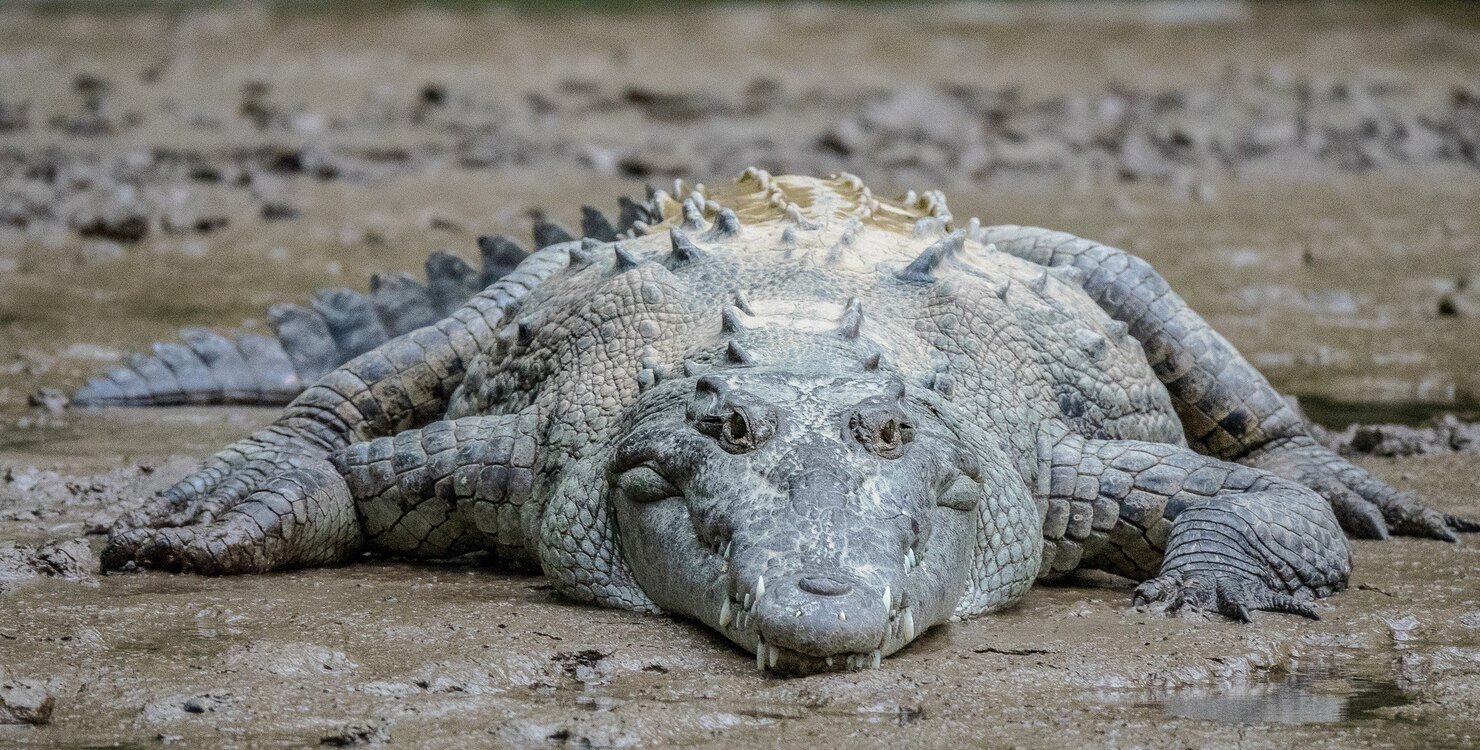
The terms “hibernation” and “brumation” refer to the states of dormancy animals enter into in response to cold temperatures, but they apply to different types of animals and involve different physiological processes.
Hibernation:
Applies to: Hibernation is a term commonly used for mammals. It involves a long period of inactivity and metabolic depression during the cold months. Animals that hibernate will see a significant decrease in their heart rate, body temperature, and metabolic rate as they enter a deep sleep. This adaptation allows them to conserve energy when food sources are scarce.
Examples: Bears, bats, and certain rodents hibernate.
Brumation:
Applies to: Brumation is a term used for coldblooded animals, especially reptiles. Like hibernation, it involves a period of reduced activity and metabolism, but unlike mammals, reptiles cannot regulate their body temperature internally. Instead, they rely on external heat sources to maintain their body temperature. During brumation, reptiles become less active, may not eat, and their metabolism slows down, but they do not sleep through the period. They may wake up to drink water and then return to a state of dormancy.
Examples: Alligators, snakes, and lizards exhibit brumation.
Alligators and Crocodiles:
Alligators and Crocodiles: As reptiles, both alligators and crocodiles enter a state of brumation rather than hibernation. This means they become less active and their metabolism slows during colder periods, but they remain somewhat aware of their surroundings. They can move to warmer areas or positions to regulate their body temperature, such as basking in the sun on warmer days or moving to warmer waters.
In summary, while hibernation and brumation may serve similar purposes in helping animals survive cold temperatures with limited food sources, they are distinct processes suited to the physiological needs of mammals and reptiles, respectively. Alligators and crocodiles, being reptiles, undergo brumation, not hibernation.
4.Frozen iguanas in Florida
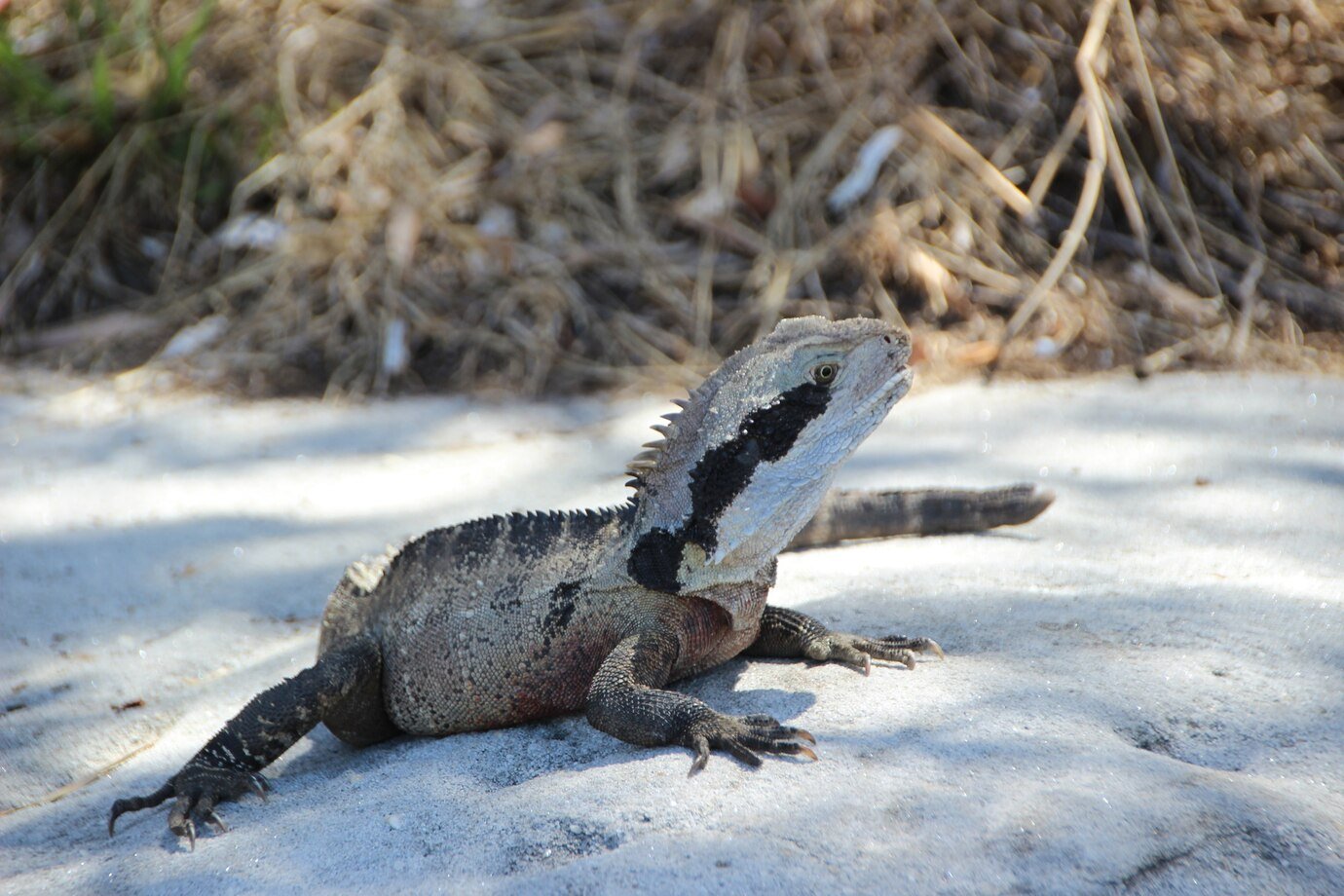
Frozen iguanas in Florida are another fascinating example of how cold weather can impact reptiles, particularly in regions where such temperatures are rare but can occasionally occur. Iguanas, which are not native to Florida but have established a significant population there, are coldblooded animals and are therefore very sensitive to temperature changes, especially cold.
When the temperature drops significantly in Florida, particularly below 50 degrees Fahrenheit (10 degrees Celsius), iguanas can become cold stunned. Their bodies go into a sort of shock due to the cold, and their metabolism slows dramatically. They lose the ability to move and can even appear to be dead. This phenomenon is most striking when it results in iguanas falling from trees, where they often reside, due to their muscles becoming too cold to maintain their grip.
However, these iguanas are not actually frozen solid nor dead. As the temperature rises and the day warms, these “frozen” iguanas will gradually warm up as well. As their body temperature increases, their metabolism returns to normal, and they can move again. This remarkable survival mechanism allows iguanas to live through cold snaps that would otherwise be dangerous to them.
It’s important for people who come across these cold stunned iguanas to be cautious, as they may become defensive and capable of biting once they warm up and regain their mobility. While this phenomenon might seem alarming, it’s a testament to the resilience of iguanas and their ability to adapt to occasional cold temperatures in their non-native Florida environment.
5. Population of alligators in Florida
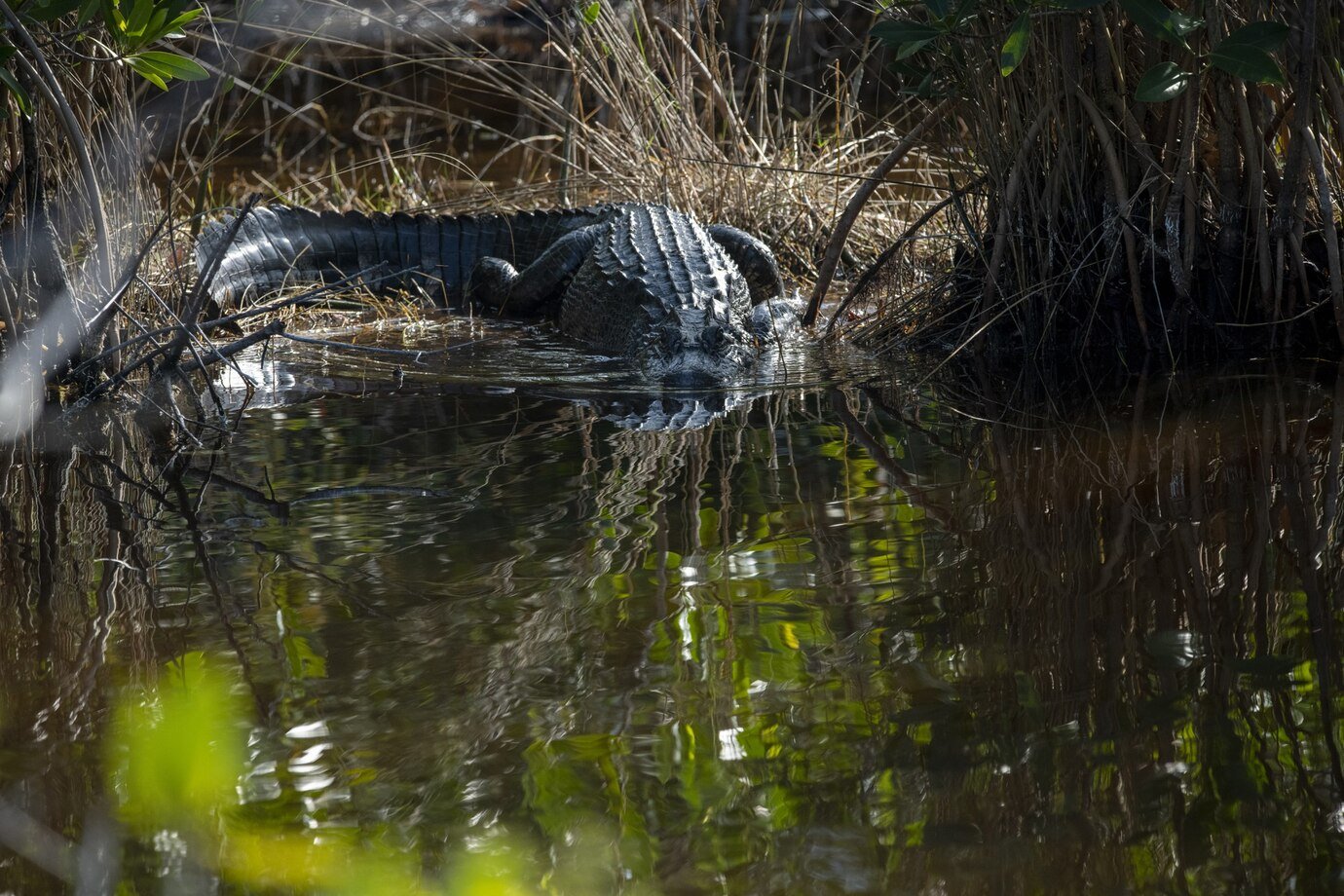
The alligator population in Florida was estimated to be well over 1 million individuals. The American alligator (Alligator mississippiensis) is found throughout the south-eastern United States, with Florida and Louisiana hosting the largest populations. These numbers represent a significant recovery from the 1950s and 1960s when alligators were facing extinction due to unregulated hunting and habitat loss.
Conservation efforts, including legal protection under the Endangered Species Act in 1973 and the implementation of sustainable management programs, have played a crucial role in the recovery of the alligator population. Today, the American alligator is considered a conservation success story and is classified as “Least Concern” by the International Union for Conservation of Nature (IUCN), reflecting its stable population.
In Florida, alligators inhabit a variety of freshwater environments, including lakes, rivers, swamps, and marshes. The Florida Fish and Wildlife Conservation Commission (FWC) manages the alligator population through a combination of conservation measures, habitat protection, and regulated hunting programs, such as the State-wide Alligator Harvest Program. These efforts ensure that the alligator population remains healthy and sustainable while also addressing issues related to human-alligator conflicts, which can arise in areas where human populations overlap with alligator habitats.
6. Population of iguanas in Florida
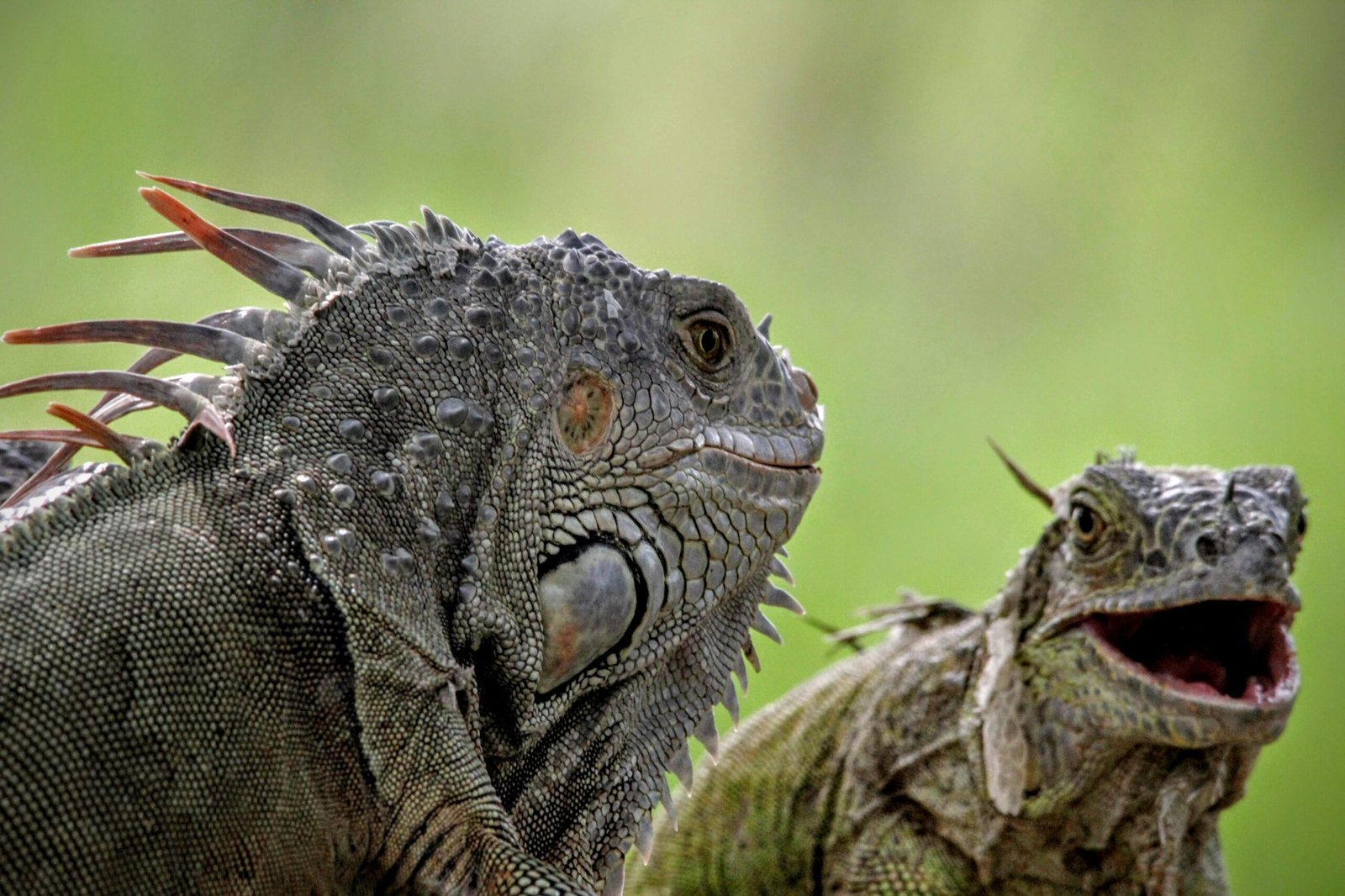
Precise numbers on the iguana population in Florida are hard to come by due to their widespread, non-native status and rapid reproduction rates. Iguanas, particularly the green iguana (Iguana iguana), have established a robust and growing population in Florida, especially in the southern part of the state where the climate is more conducive to their survival. Estimates suggest there are hundreds of thousands, potentially even more, but providing an exact figure is challenging due to their widespread distribution and the difficulties in surveying their numbers accurately.
Iguanas were first reported in Florida in the 1960s, and their population has increased significantly due to a combination of mild winter temperatures, lack of natural predators, and suitable habitat, including suburban and urban areas. While iguanas are mainly considered a nuisance because of their tendency to damage sidewalks, seawalls, landscaping, and even cause power outages by chewing through electric lines, they also pose ecological concerns. As an invasive species, they can compete with native wildlife for food and habitat, potentially impacting the local biodiversity.
The Florida Fish and Wildlife Conservation Commission (FWC) does not protect iguanas under Florida law, meaning they can be removed from private property without a permit. The FWC encourages homeowners to humanely deter or remove iguanas from their properties to prevent damage. Despite efforts to control their population, iguanas continue to thrive in Florida’s warm climate, and their numbers are likely to remain high without more effective management strategies and public awareness of the issues they cause.
